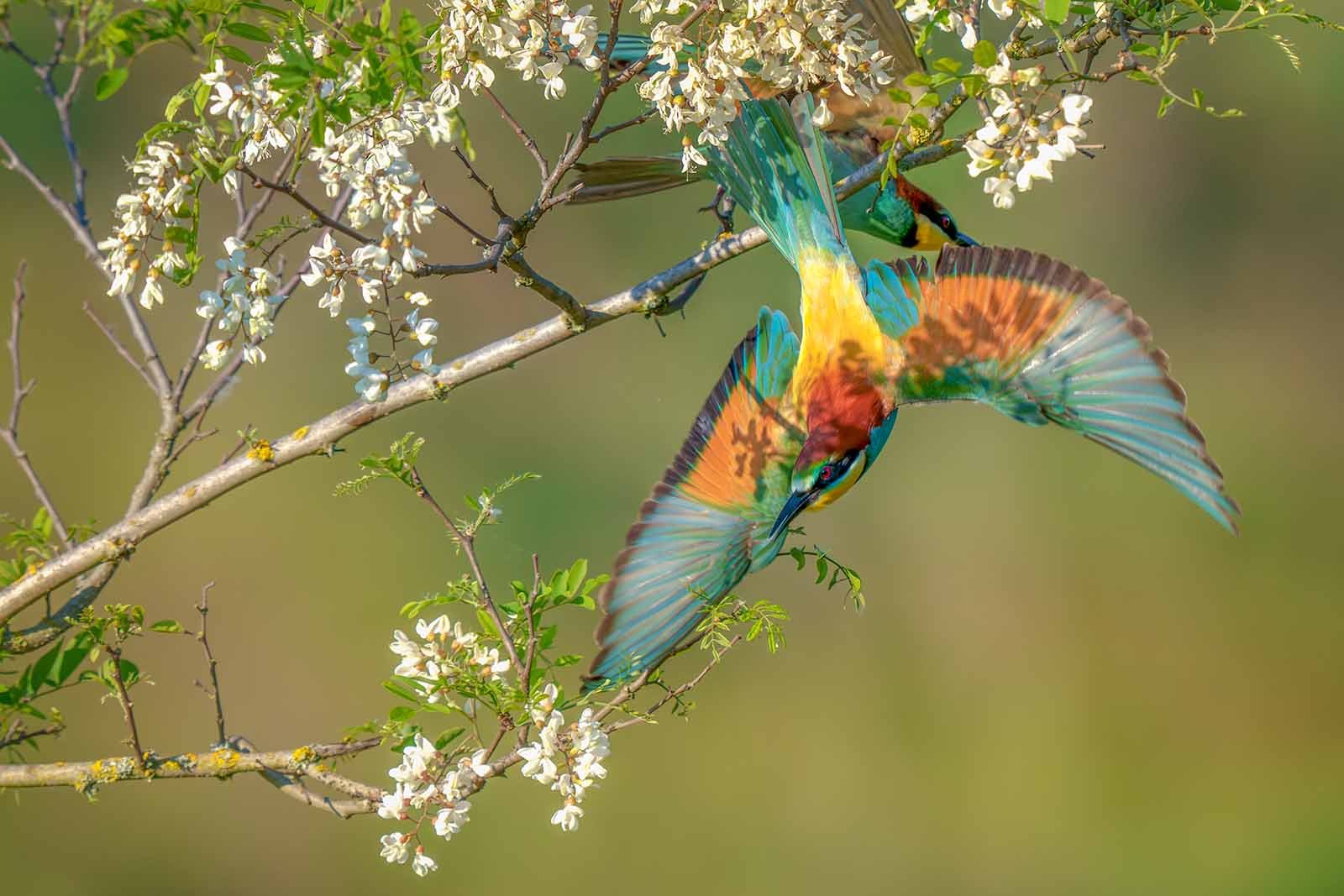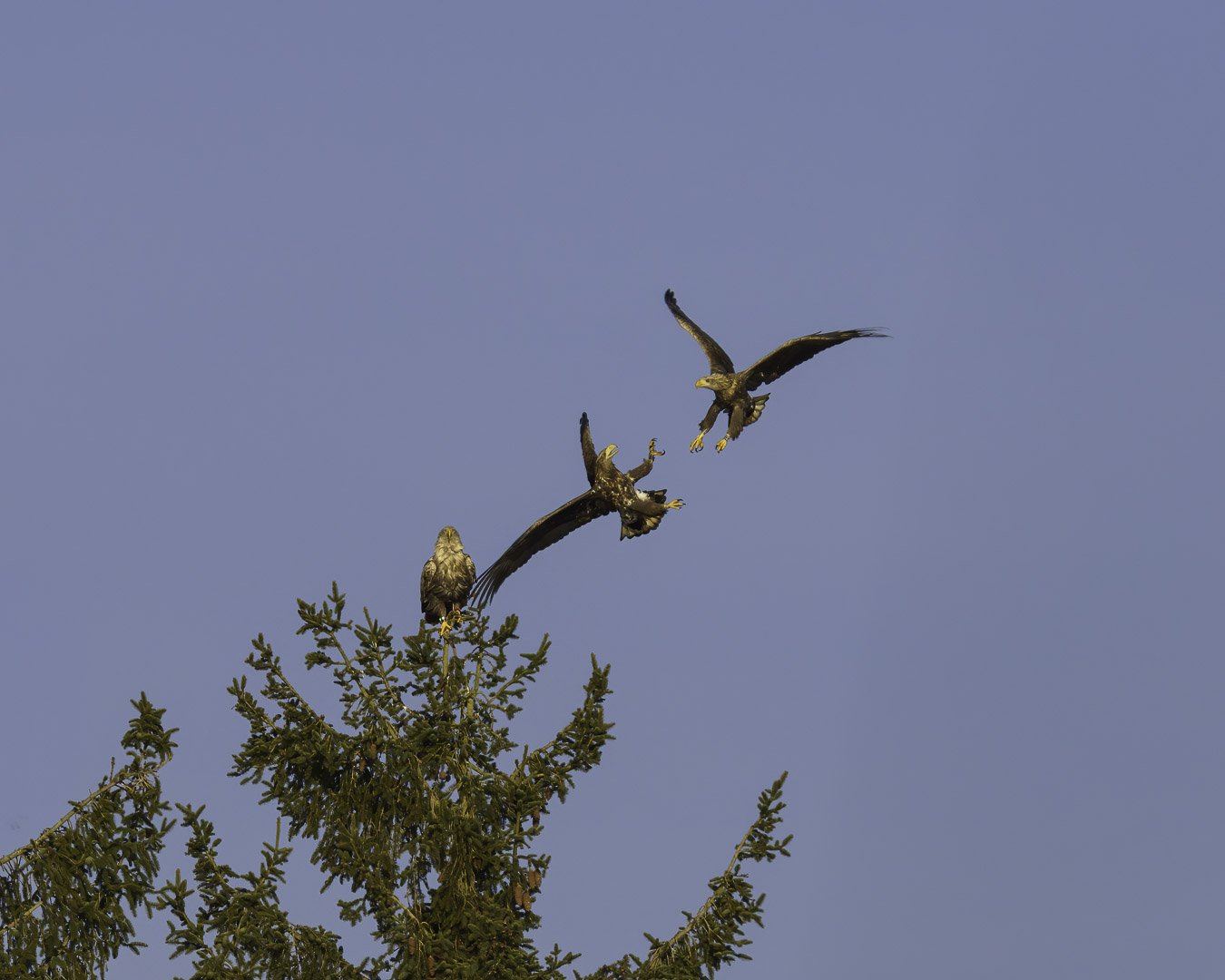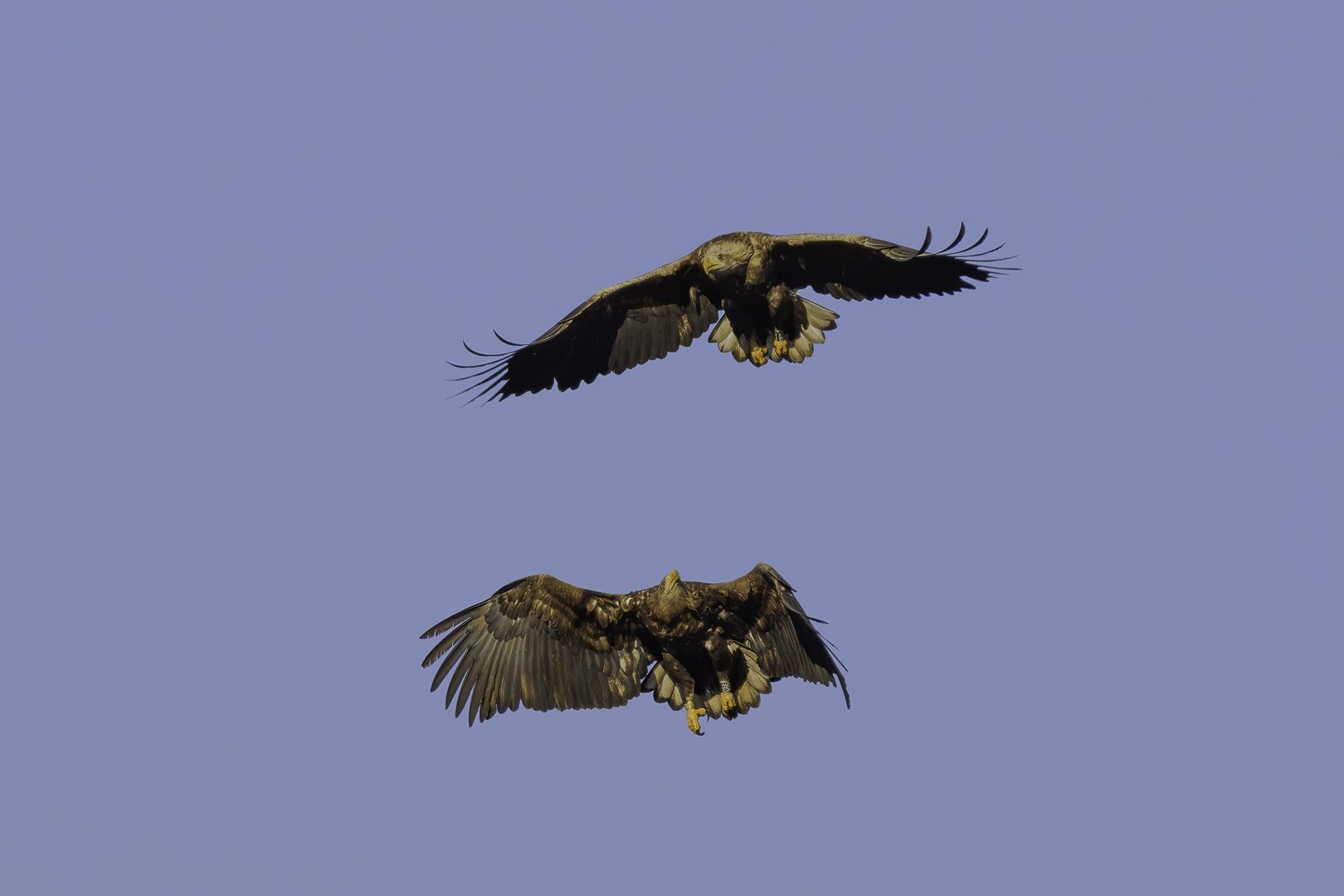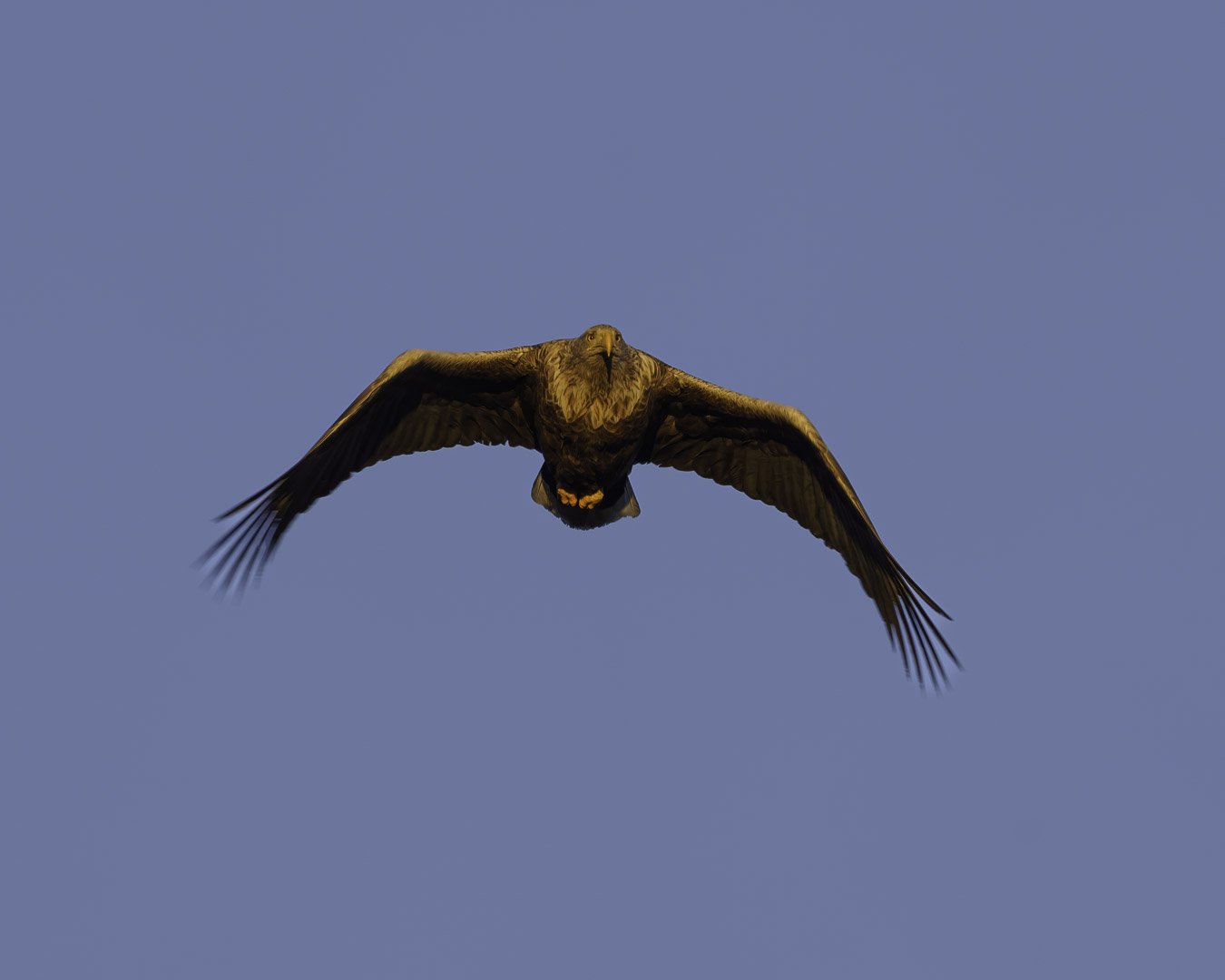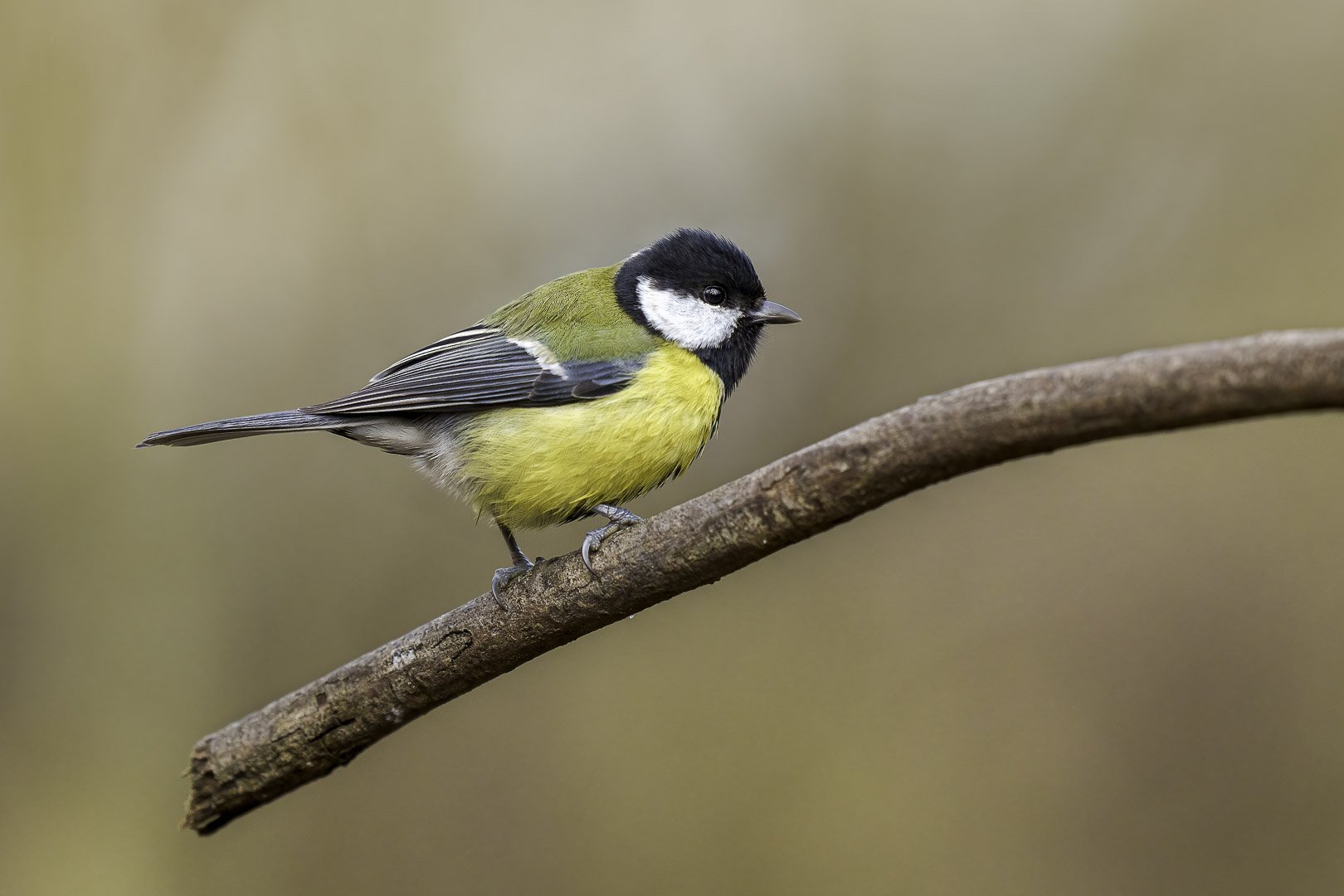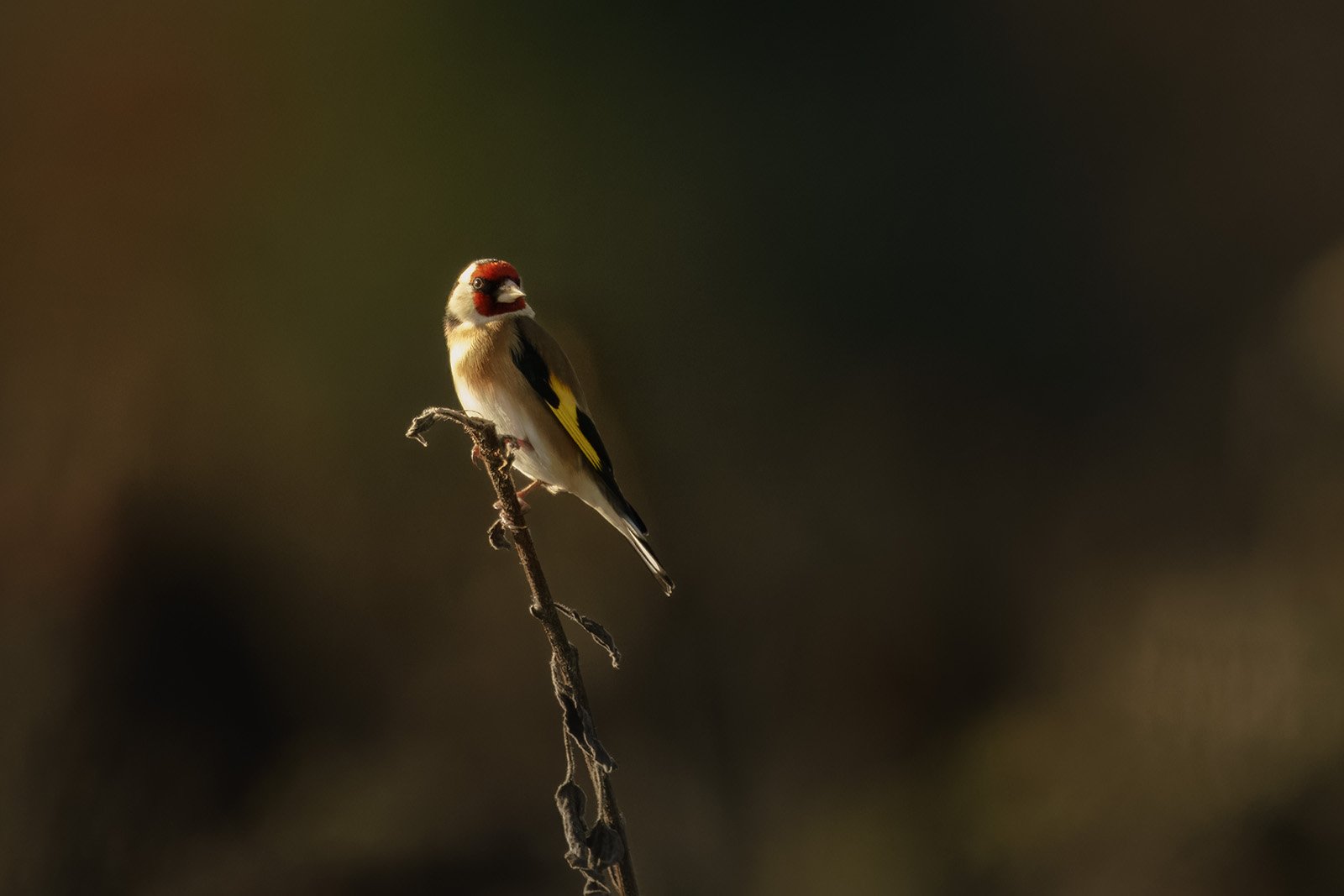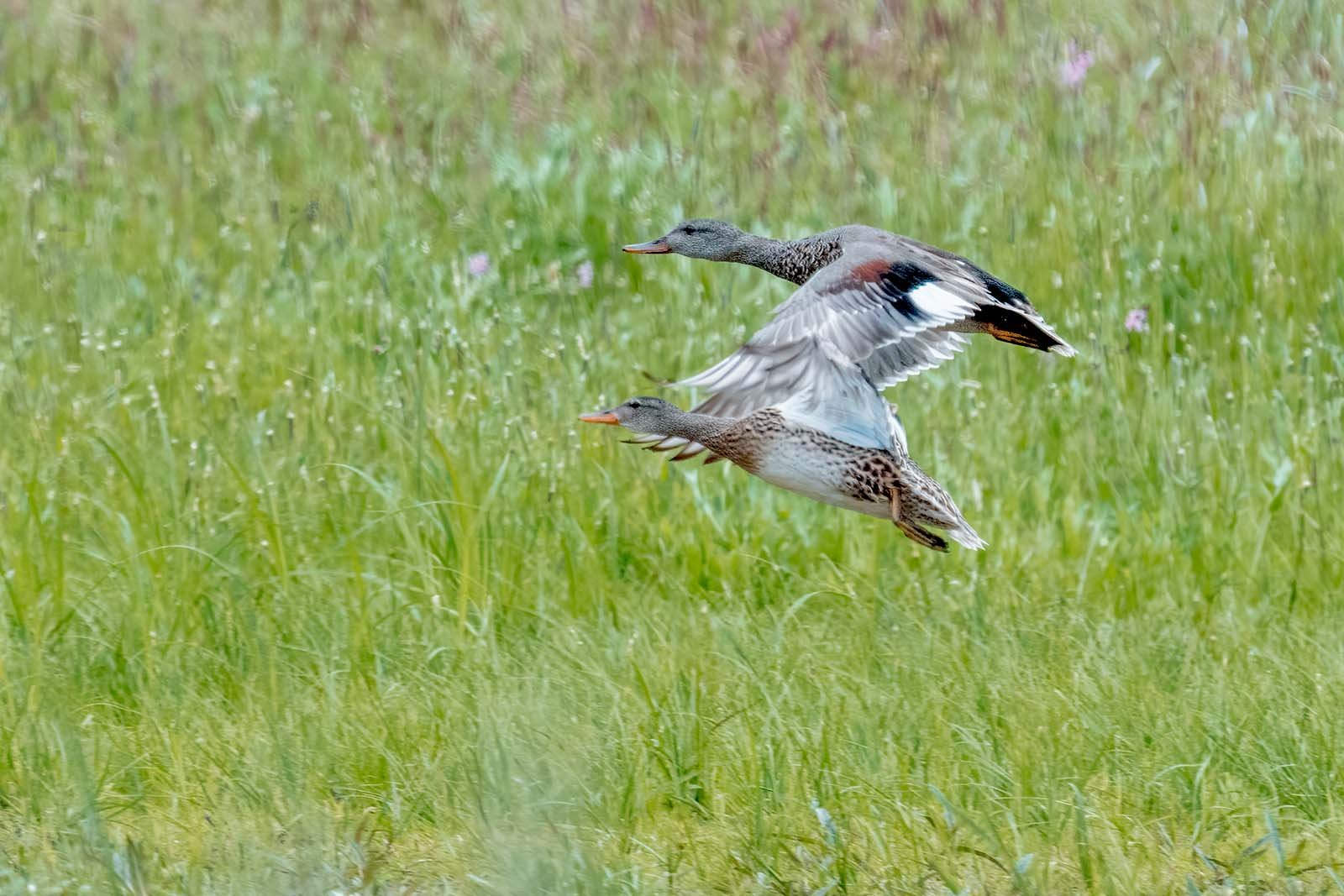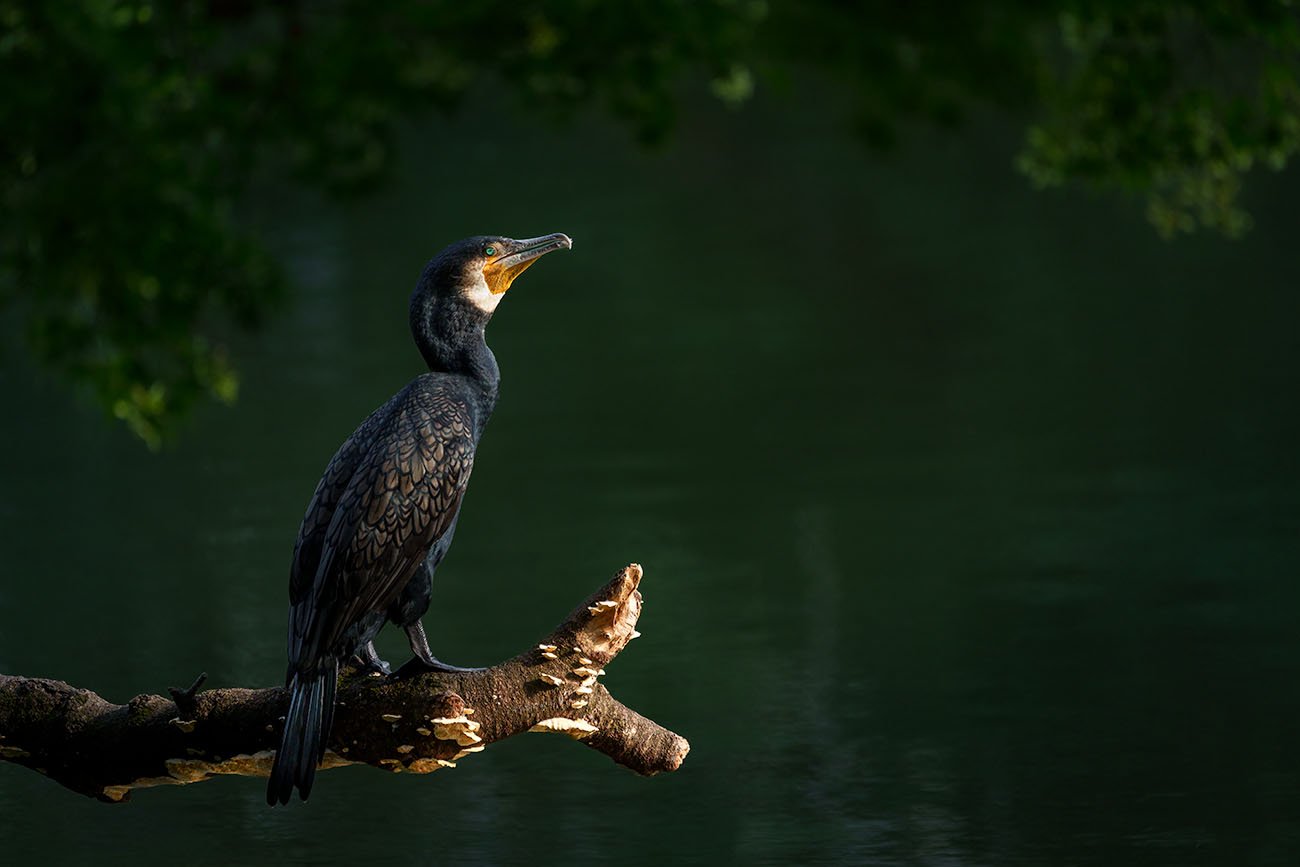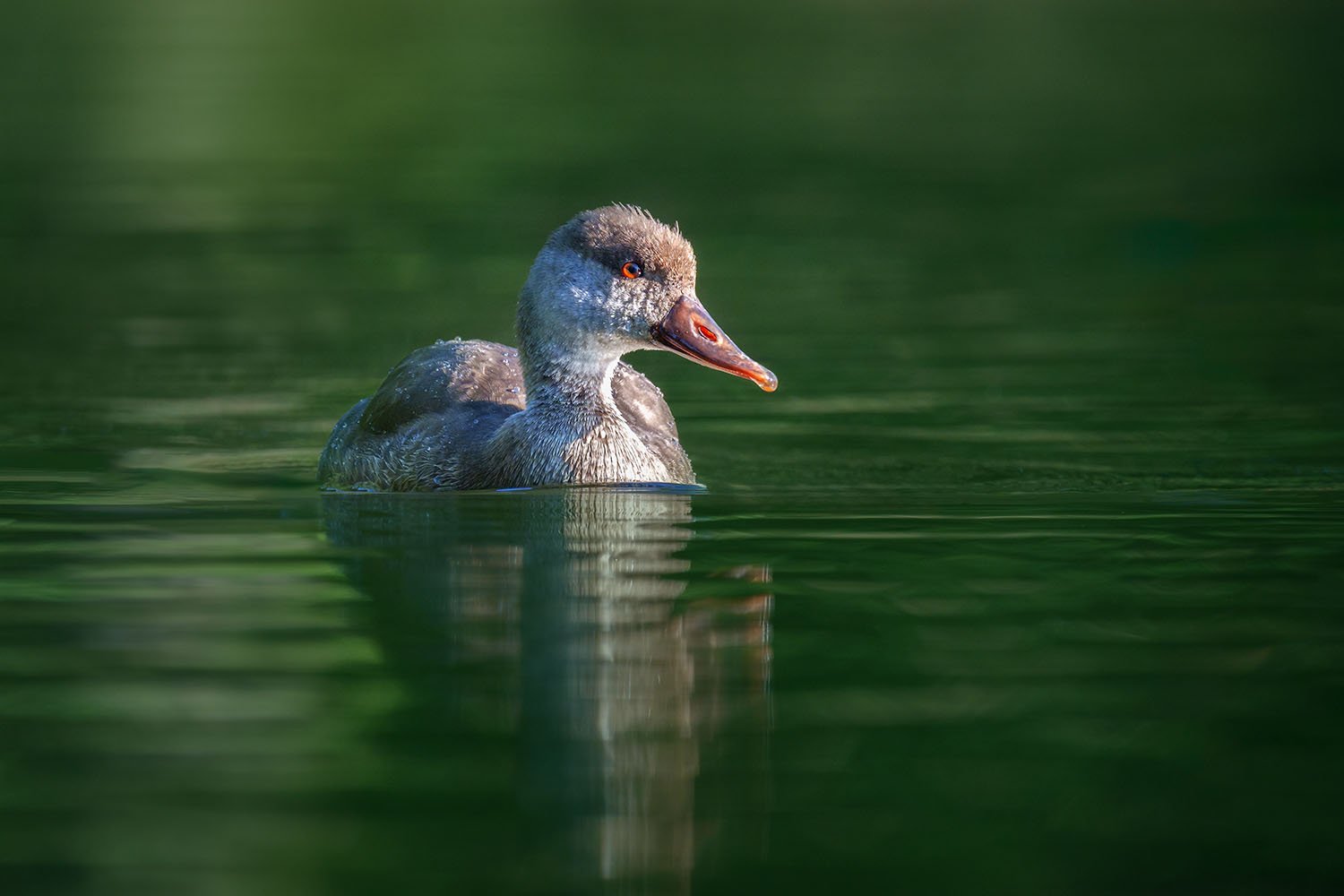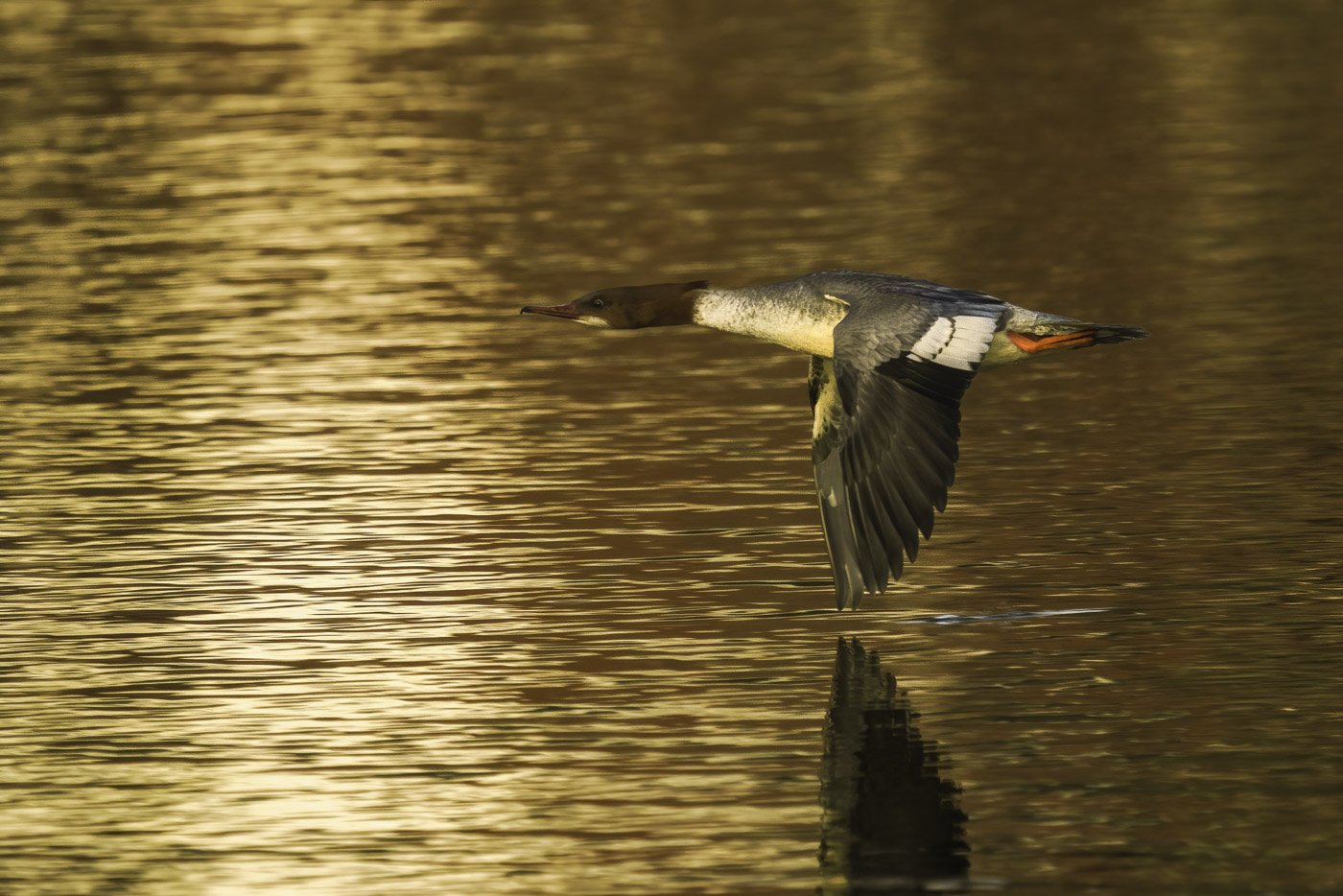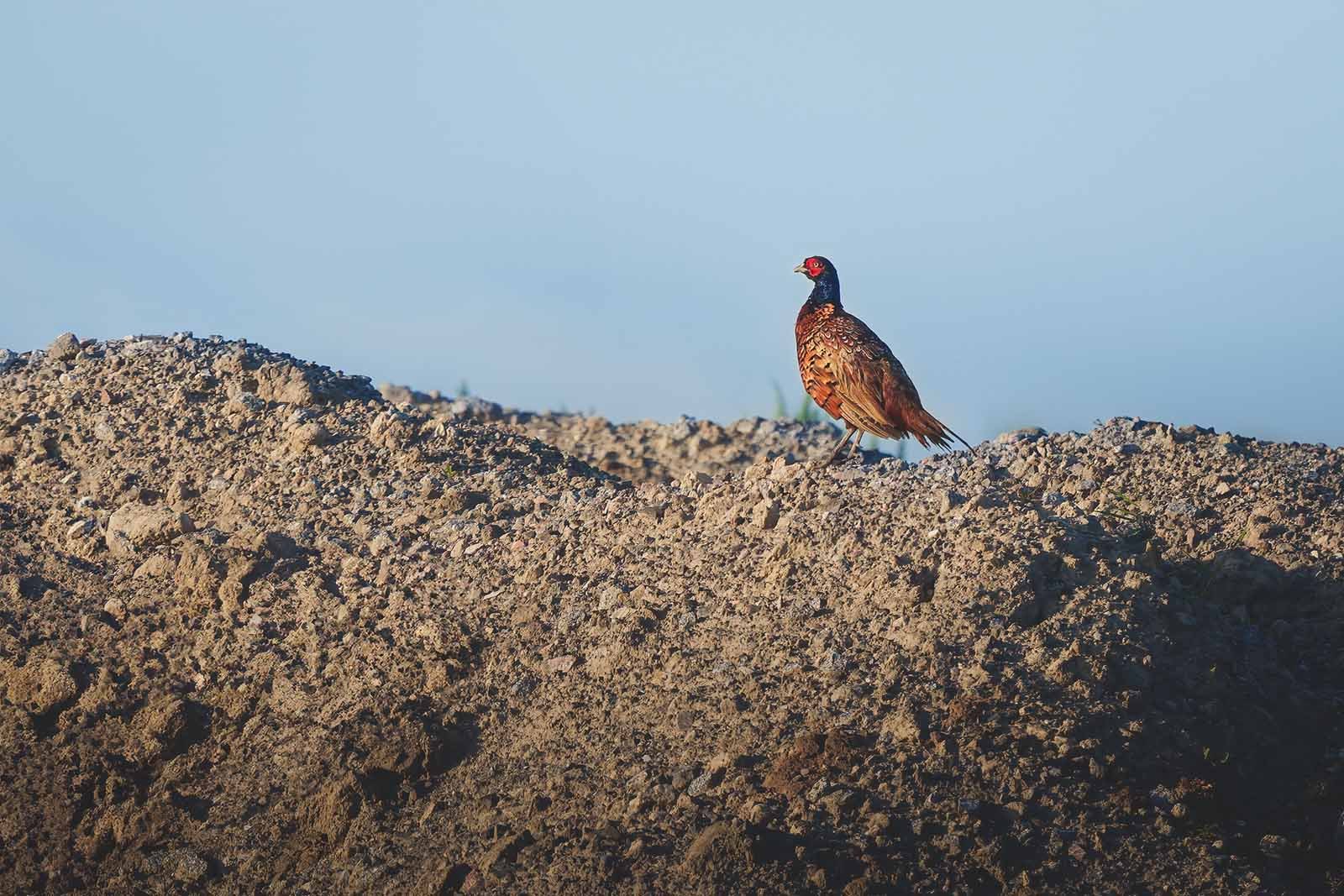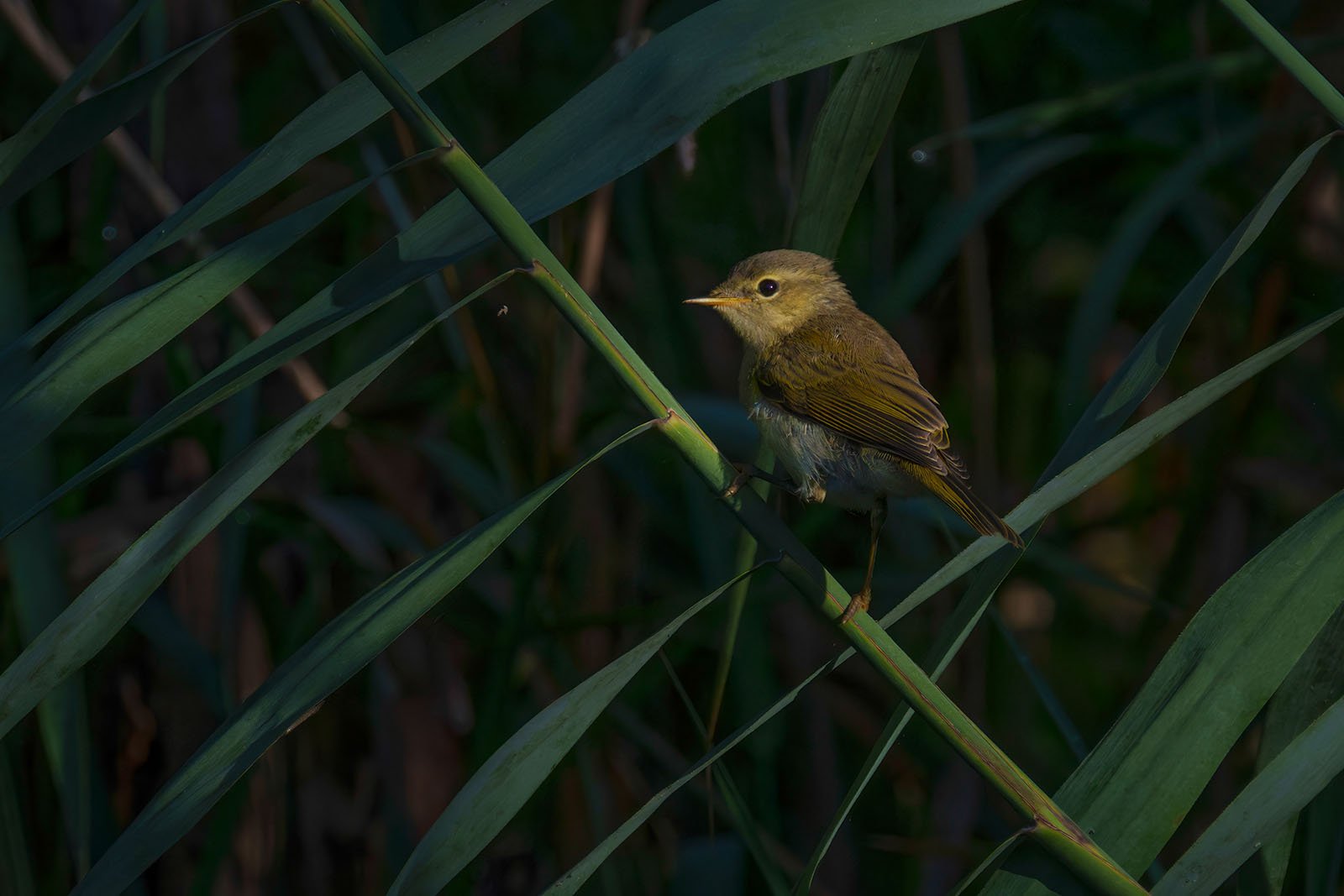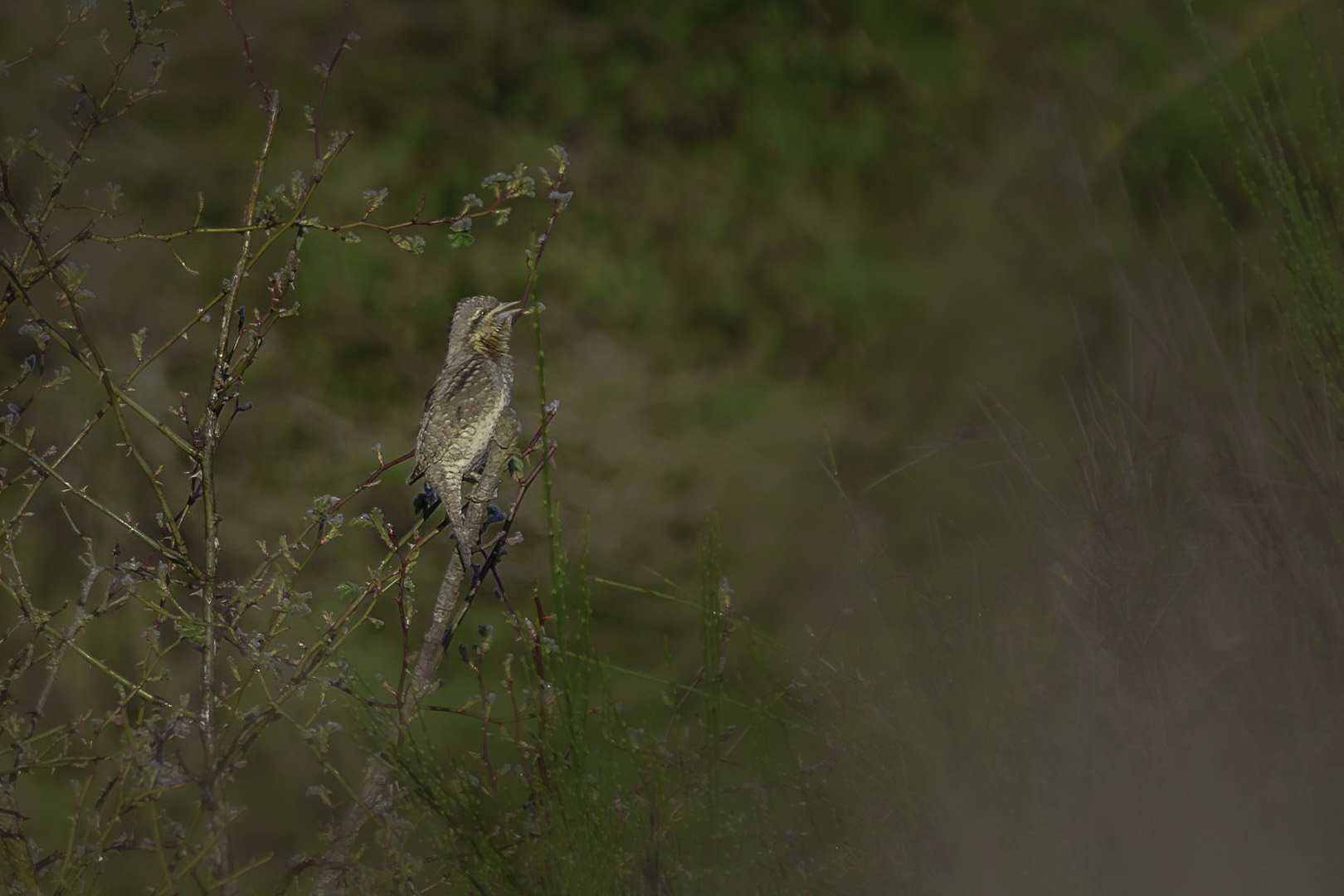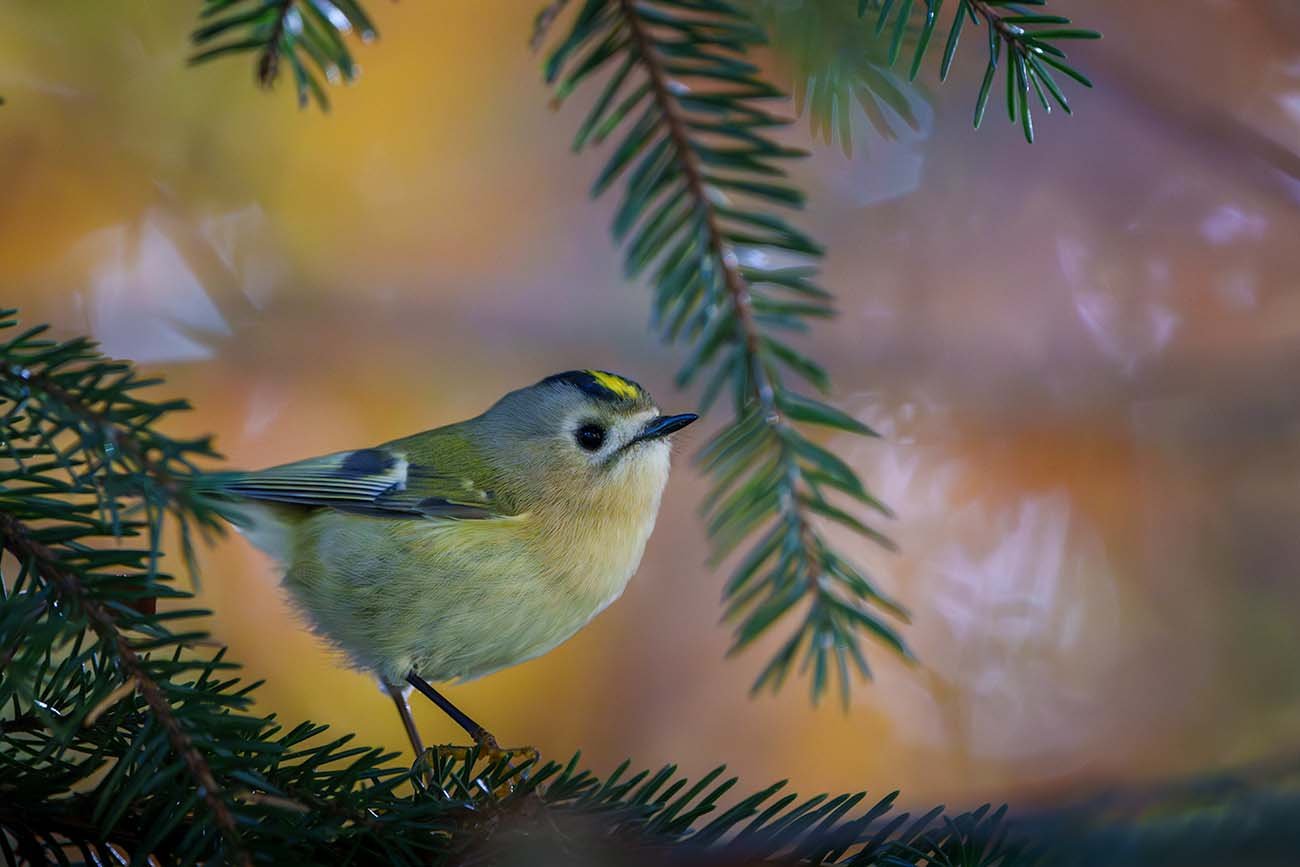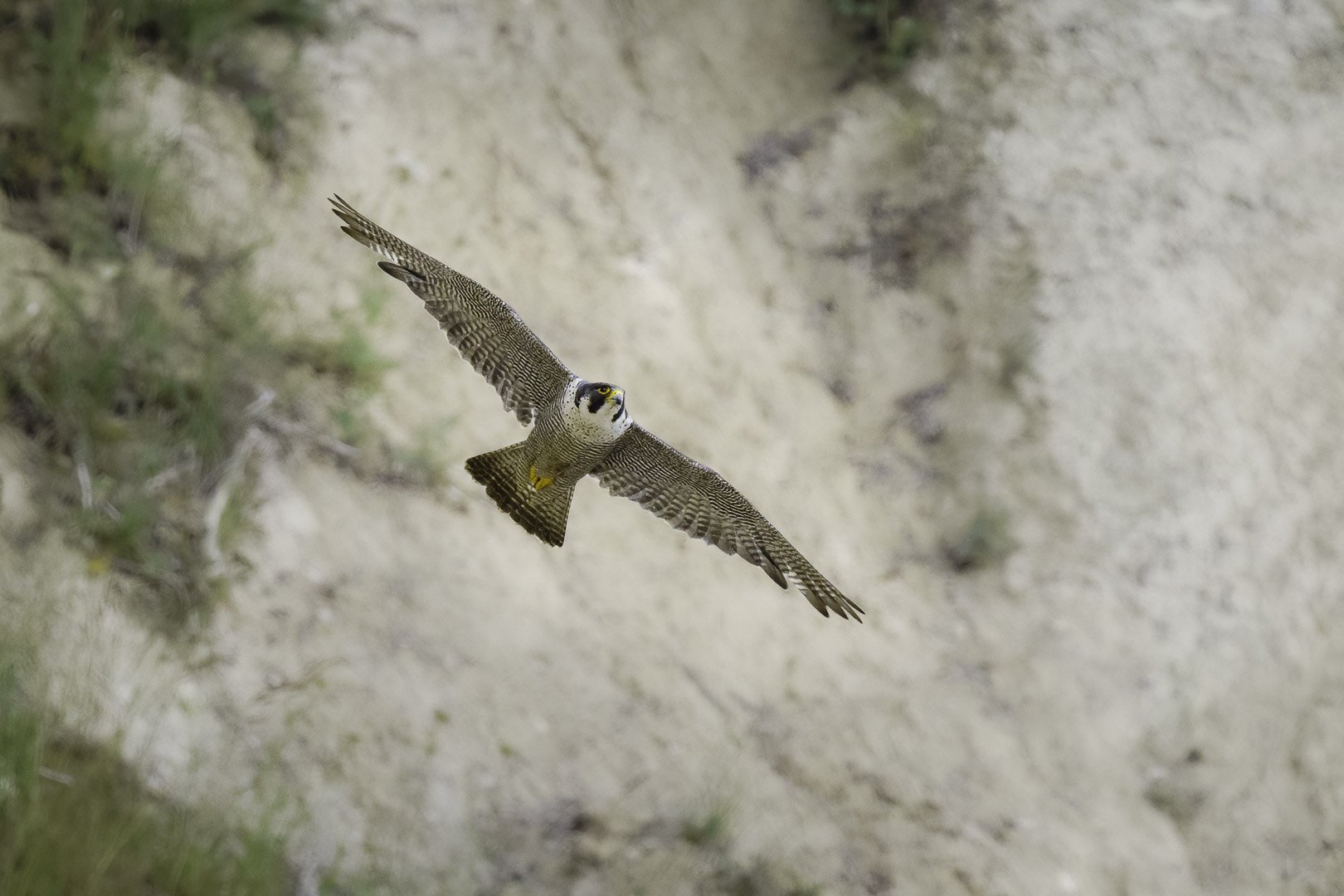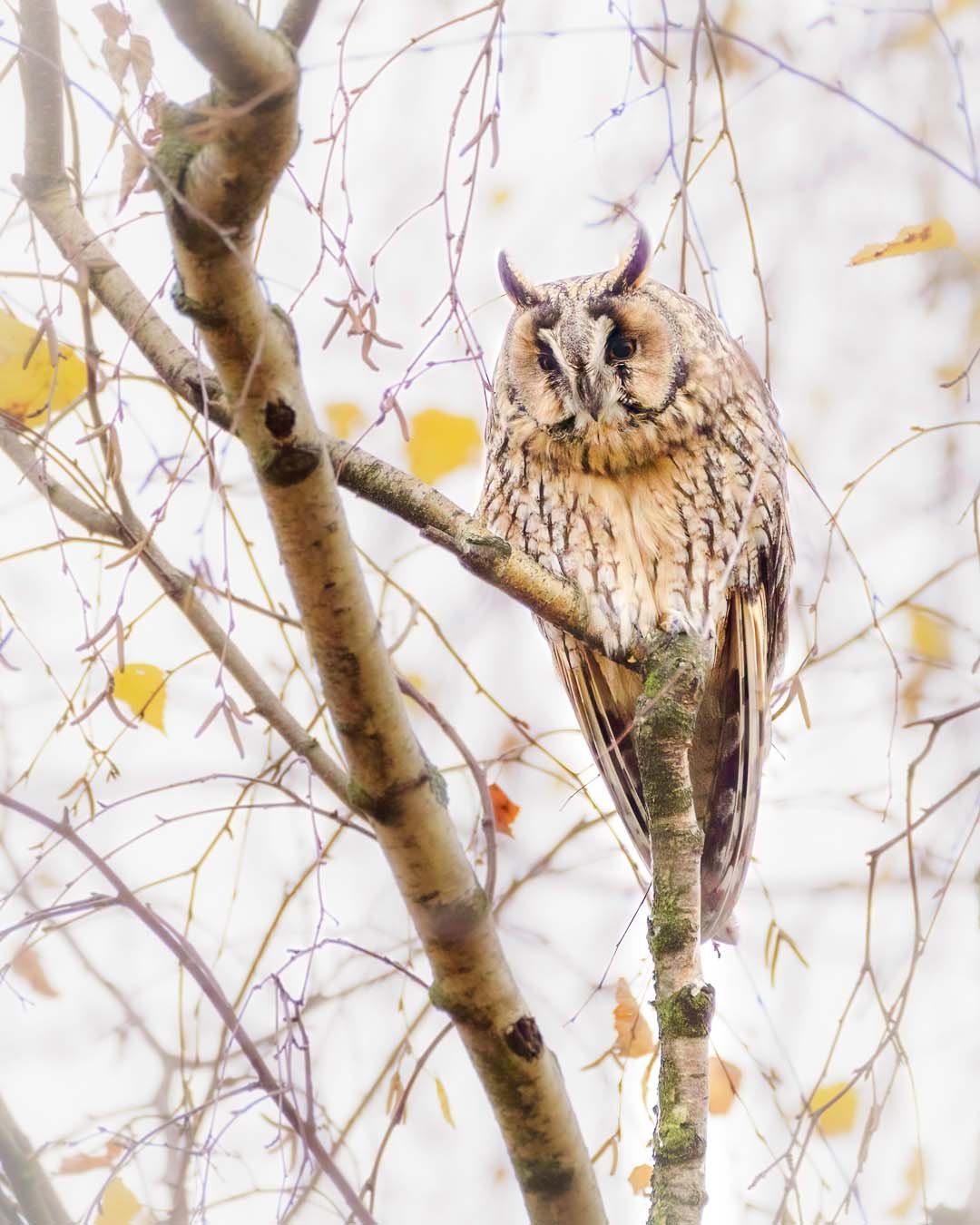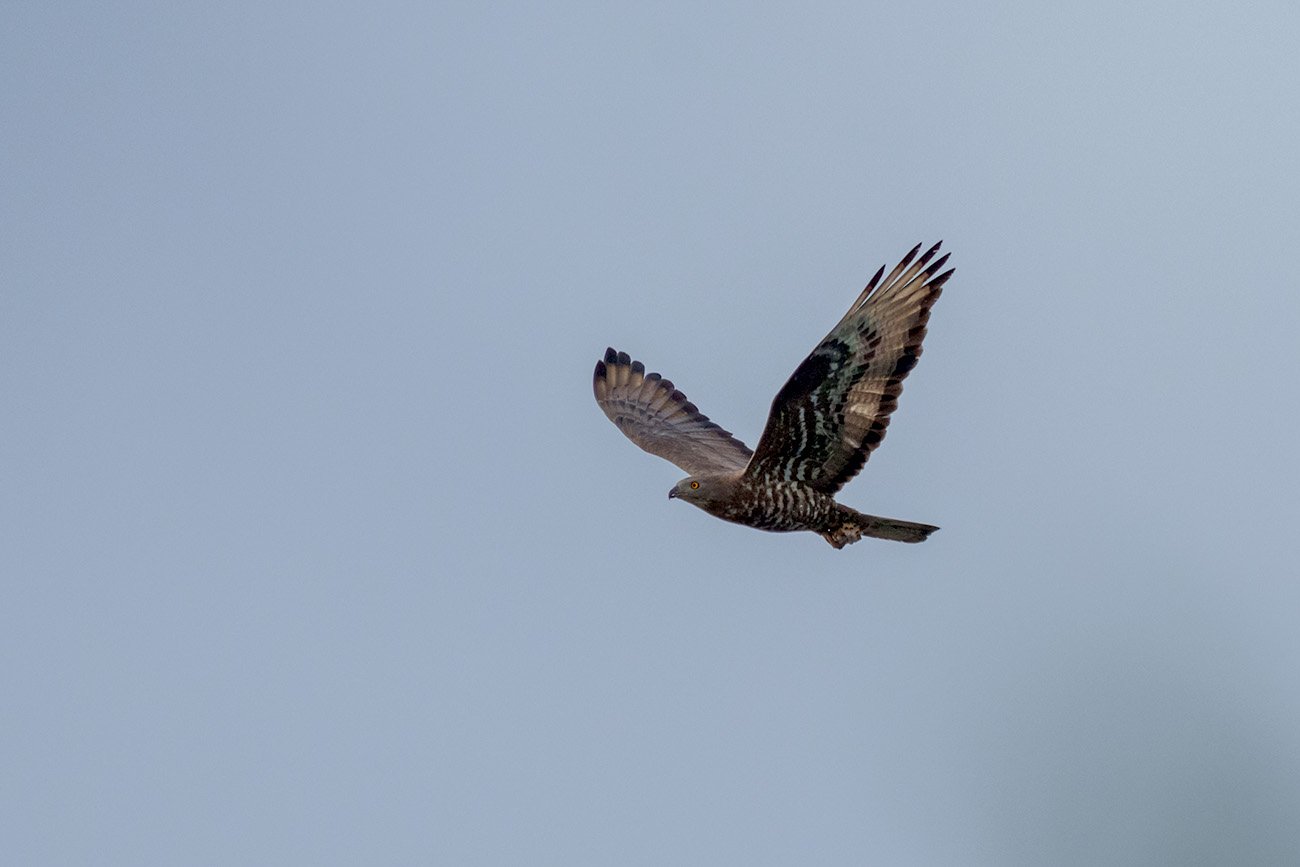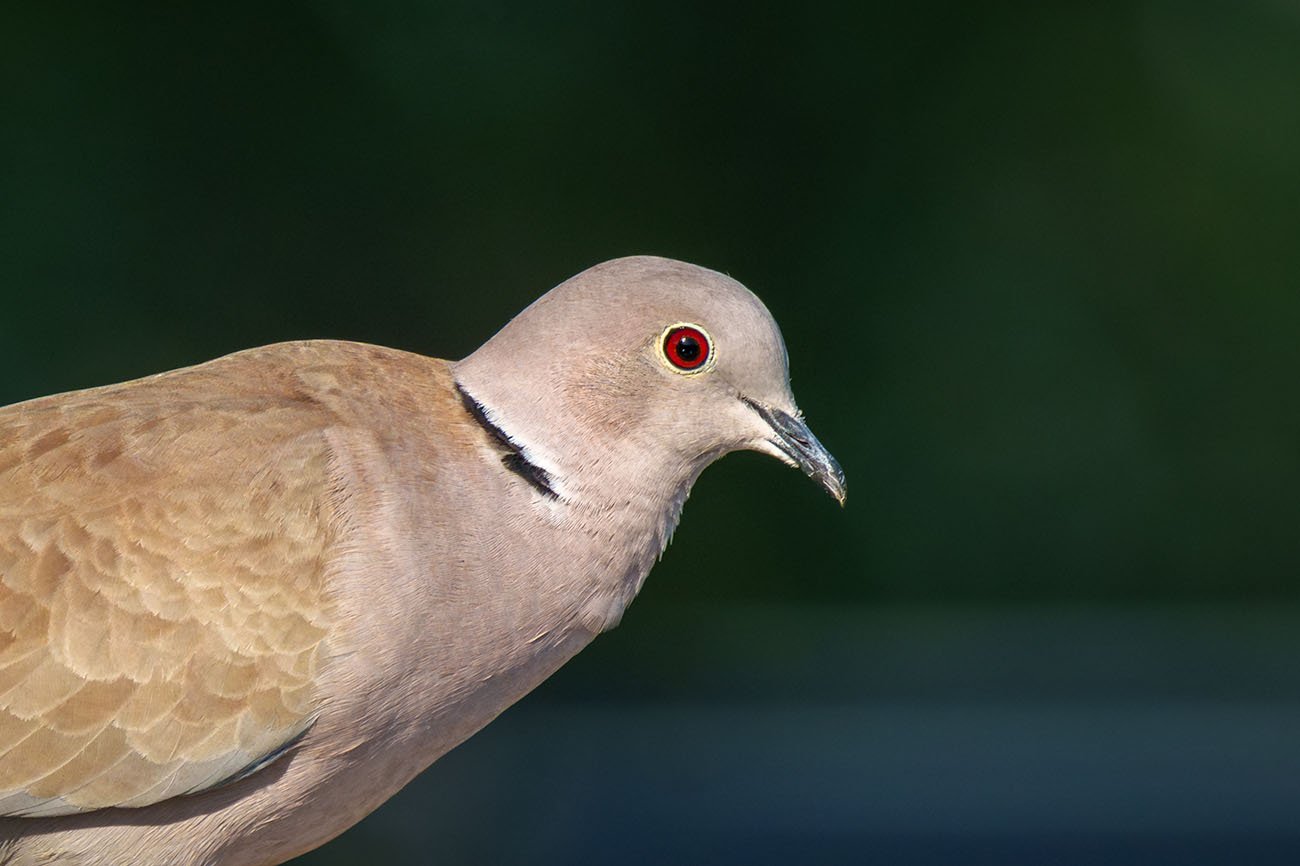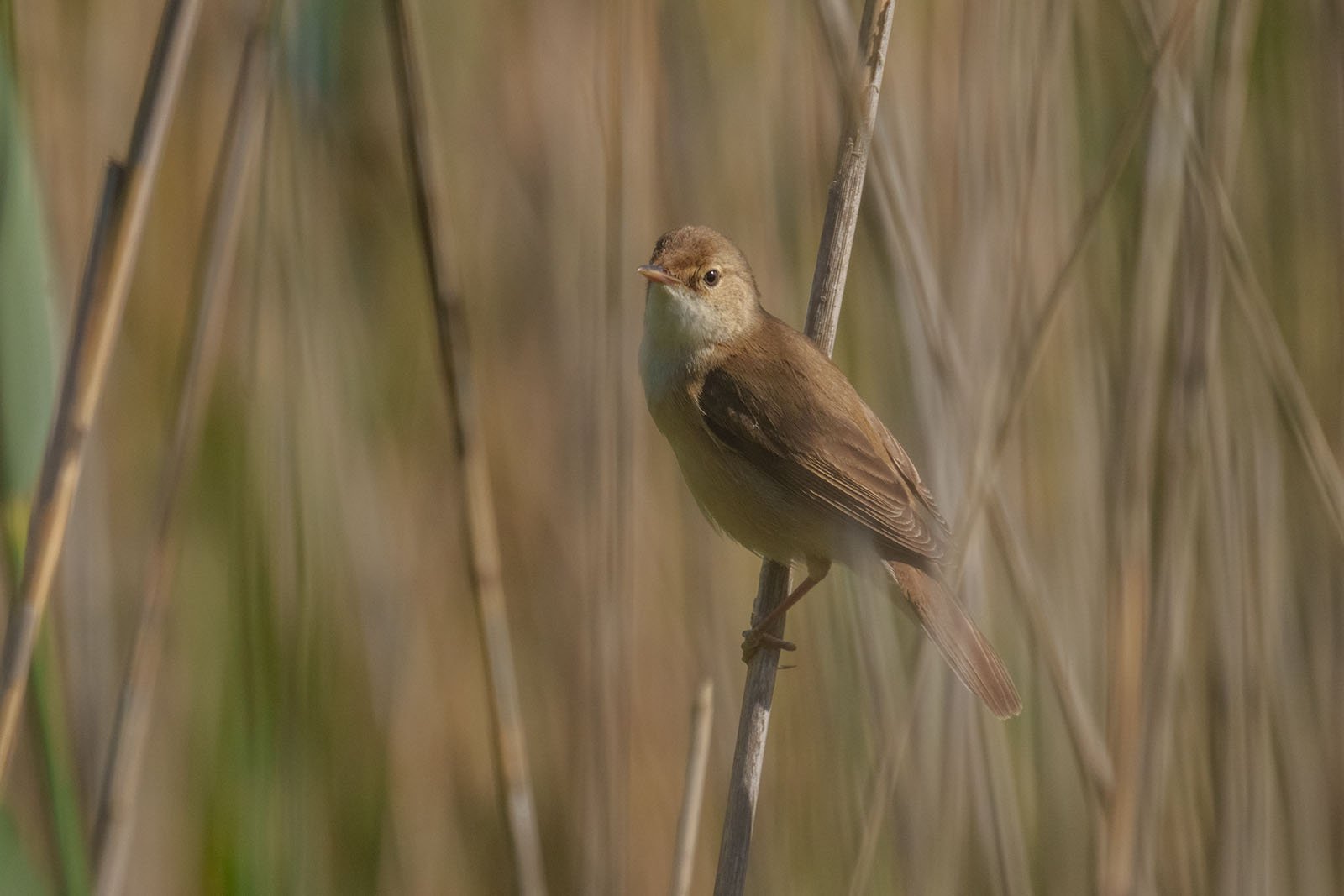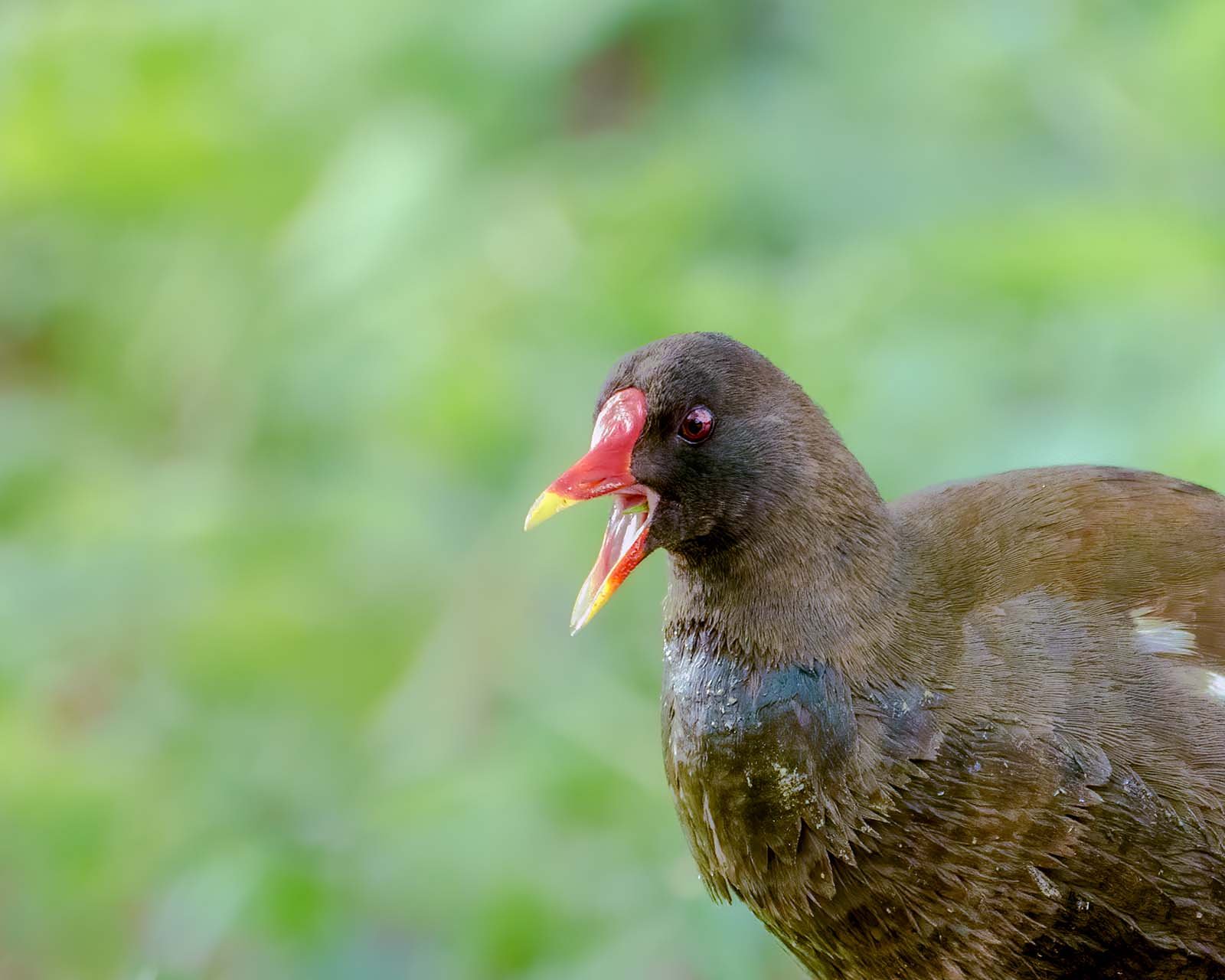The 13 most common garden birds in Germany
Common garden birds in Germany
In Germany, there is a variety of bird species that can be seen in our gardens. Birds are not only fascinating creatures but also important components of the ecosystem and an important indicator of the health of our environment. However, many bird species are threatened, making it essential that we work to preserve their habitats and protect their populations. Among the most common bird species in German gardens are various tit species such as the blue tit, great tit, or coal tit. These small, but very active birds are often seen flitting through shrubs and trees, collecting insects and seeds. Another popular garden bird is the house sparrow, also known as the sparrow. These robust birds are very common in urban areas.
Another frequent garden visitor is the common blackbird (Turdus merula). This black-feathered bird with its characteristic orange beak is a welcome guest and known for its melodious songs. The common starling (Sturnus vulgaris) is also often seen, usually in groups, and is known for its ability to mimic other birds. Other common garden birds are the common redstart (Phoenicurus phoenicurus), the european robin (Erithacus rubecula), and the white wagtail (Motacilla alba). These birds are usually seen on the ground or at low heights, searching for insects and worms.
Unfortunately, many bird species are threatened, and their populations are declining in many regions of Germany. One of the main reasons for this is habitat loss due to the destruction of forests, fields, and green spaces.
List of the most common bird species found in German gardens:
German gardens provide habitats for a variety of bird species that are regularly observed. The following list shows the most common bird species found in German gardens.
Common blackbird (Turdus merula)
The blackbird (Turdus merula) is one of the most well-known birds in Germany and is often found in gardens and parks. The males have distinctive black plumage with a yellow beak, while the females are brown. They have a beautiful singing voice and are active even in winter.
More about birds in your garden - Click Here
〰️
〰️
More about birds in your garden - Click Here 〰️ 〰️
Blue tit (Cyanistes caeruleus)
The blue tit (Cyanistes caeruleus) is a small, pretty tit with blue plumage on its back. It is often found in gardens and parks and feeds on insects and seeds.
Magpie (Pica pica)
The magpie (Pica pica) is a black and white crow with a long tail. It is often found near human settlements and feeds on various foods, including insects and waste.
Other interesting topics about the wild nature of Germany
Greenfinch (Chloris chloris)
The greenfinch (Chloris chloris) is a striking bird with green plumage and a distinctive song. It is often found in gardens and parks and feeds on seeds.
Black redstart (Phoenicurus ochruros)
The black redstart (Phoenicurus ochruros) is a dark brown bird with a distinctive red tail. It is often found near human settlements and feeds on insects.
House sparrow (Passer domesticus)
The house sparrow (Passer domesticus) is a social bird, often found in large groups near buildings and in city parks. It has characteristic gray-brown plumage and a strong beak. The house sparrow is an omnivore which feeds on seeds, insects, and waste.
nuthatch (Sitta europaea)
The nuthatch (Sitta europaea) is a small, blue-grey bird with a distinctive, loud call. It is often found in forests and parks and uses its strong claws to climb up and down tree trunks. The nuthatch feeds on insects and seeds.
Great tit (Parus major)
The great tit (Parus major) is one of the most common tit species in Germany. It has distinctive black plumage on its head and a yellow belly. Great tits are often found in gardens and parks and feed on insects and seeds.
Raven (Corvus corax)
The raven (Corvus corax) is a black bird, often found in pairs or groups. It has a distinctive croaking call and is known for its intelligence and tool-using behavior. Ravens feed on various foods, including insects, seeds, and waste.
Robin (Erithacus rubecula)
The robin (Erithacus rubecula) is a small bird with a red breast and a distinctive song. It is often found in forests and gardens and feeds on insects and seeds.
Long-tailed tit (Aegithalos caudatus)
The long-tailed tit (Aegithalos caudatus) is a small, colorful bird with a long tail. It is often found in forests and parks and feeds on insects.
Goldfinch (Carduelis carduelis)
The goldfinch (Carduelis carduelis) is a pretty, colorful bird with a red face and a distinctive yellow wing stripe. It is often found in gardens and parks and feeds on seeds.
Wren (Troglodytes troglodytes)
The wren (Troglodytes troglodytes) is a small, inconspicuous bird with brown plumage and a distinctive, loud song. It is often found in dense undergrowth and bushes and feeds on insects.
That might also interest you:
- Animal-Profiles
- Bird Profil
- bird profile
- Bird Profile
- Bird with B
- BIrd with B
- Bird with B Germany
- Bird with B Japan
- Bird with C
- Bird with C Germany
- Bird with G
- Bird with G Germany
- Bird with H
- Bird with H Germany
- Bird with L
- Bird with L Germany
- Bird with M
- Bird with M Germany
- Bird with N Germany
- Bird with P
- Bird with R
- Bird with R Germany
- Bird with S
- Bird with S Germany
- Bird with T
- Bird with T Germany
- Bird with W
- Bird with W Germany
- Bird with W Japan
- Brid Profile
- Germany
- Germany Animal-Profiles
- Japan
- japanes animal profiles
- red feather
- songbird





